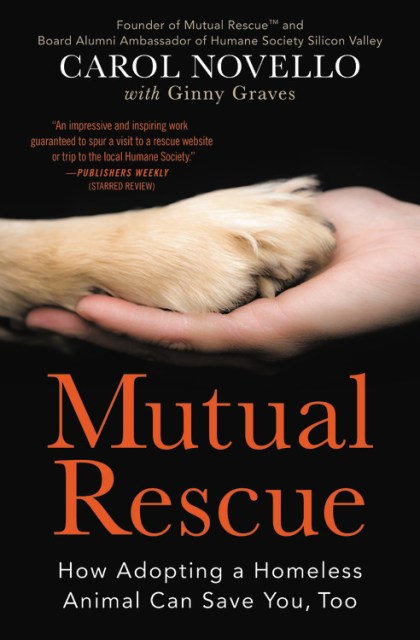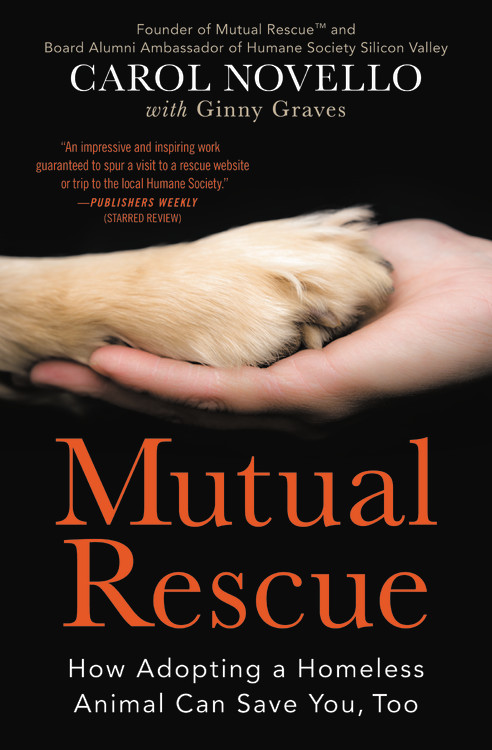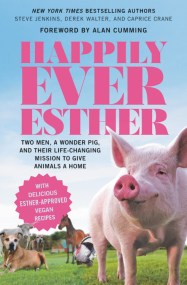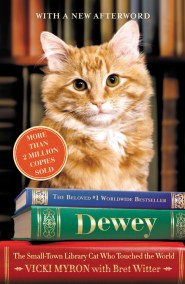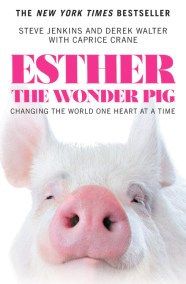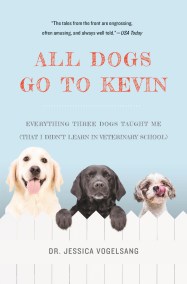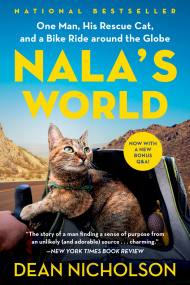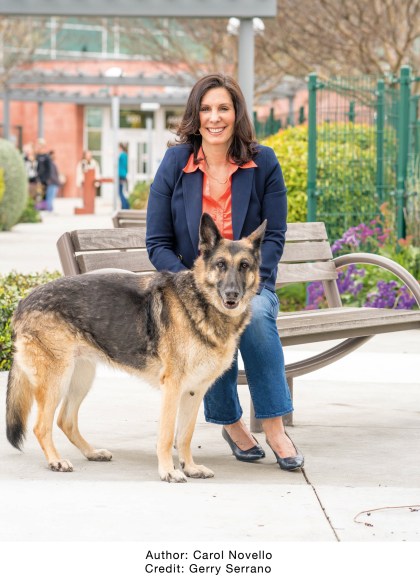Promotion
Use code MOM24 for 20% off site wide + free shipping over $45
Mutual Rescue
How Adopting a Homeless Animal Can Save You, Too
Contributors
Formats and Prices
Price
$16.99Price
$22.99 CADFormat
Format:
- Trade Paperback $16.99 $22.99 CAD
- ebook $14.99 $15.99 CAD
- Audiobook Download (Unabridged)
This item is a preorder. Your payment method will be charged immediately, and the product is expected to ship on or around April 7, 2020. This date is subject to change due to shipping delays beyond our control.
Also available from:
A moving and scientific look at the curative powers–both physical and mental–of rescuing a shelter animal, by the president of Humane Society Silicon Valley.
MUTUAL RESCUE profiles the transformational impact that shelter pets have on humans, exploring the emotional, physical, and spiritual gifts that rescued animals provide. It explores through anecdote, observation, and scientific research, the complexity and depth of the role that pets play in our lives. Every story in the book brings an unrecognized benefit of adopting homeless animals to the forefront of the rescue conversation.
In a nation plagued by illnesses–16 million adults suffer from depression, 29 million have diabetes, 8 million in any given year have PTSD, and nearly 40% are obese–rescue pets can help: 60% of doctors said they prescribe pet adoption and a staggering 97% believe that pet ownership provides health benefits. For people in chronic emotional, physical, or spiritual pain, adopting an animal can transform, and even save, their lives.
Each story in the book takes a deep dive into one potent aspect of animal adoption, told through the lens of people’s personal experiences with their rescued pets and the science that backs up the results. This book will resonate with readers hungering for stories of healing and redemption.
MUTUAL RESCUE profiles the transformational impact that shelter pets have on humans, exploring the emotional, physical, and spiritual gifts that rescued animals provide. It explores through anecdote, observation, and scientific research, the complexity and depth of the role that pets play in our lives. Every story in the book brings an unrecognized benefit of adopting homeless animals to the forefront of the rescue conversation.
In a nation plagued by illnesses–16 million adults suffer from depression, 29 million have diabetes, 8 million in any given year have PTSD, and nearly 40% are obese–rescue pets can help: 60% of doctors said they prescribe pet adoption and a staggering 97% believe that pet ownership provides health benefits. For people in chronic emotional, physical, or spiritual pain, adopting an animal can transform, and even save, their lives.
Each story in the book takes a deep dive into one potent aspect of animal adoption, told through the lens of people’s personal experiences with their rescued pets and the science that backs up the results. This book will resonate with readers hungering for stories of healing and redemption.
Genre:
- On Sale
- Apr 7, 2020
- Page Count
- 272 pages
- Publisher
- Grand Central Publishing
- ISBN-13
- 9781538713549
Newsletter Signup
By clicking ‘Sign Up,’ I acknowledge that I have read and agree to Hachette Book Group’s Privacy Policy and Terms of Use
